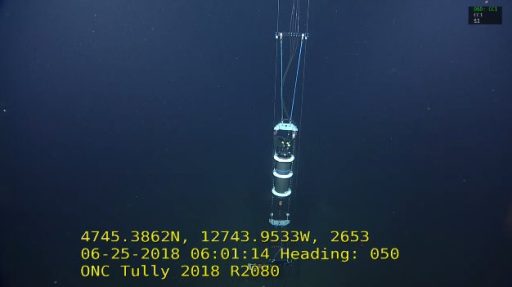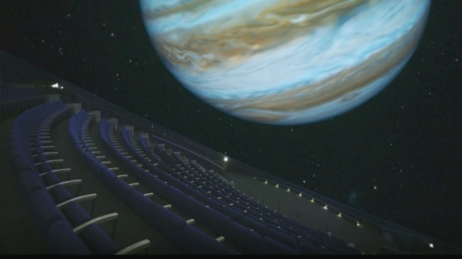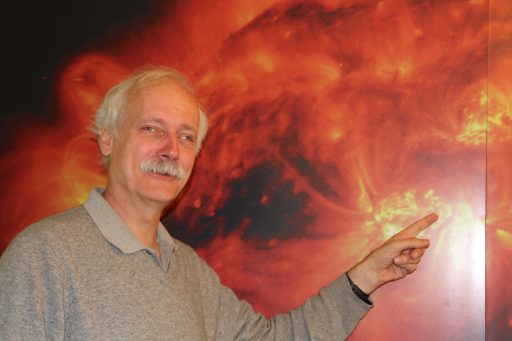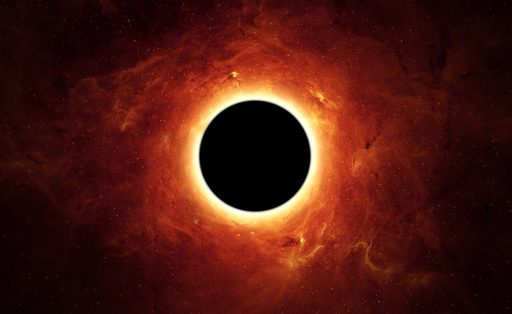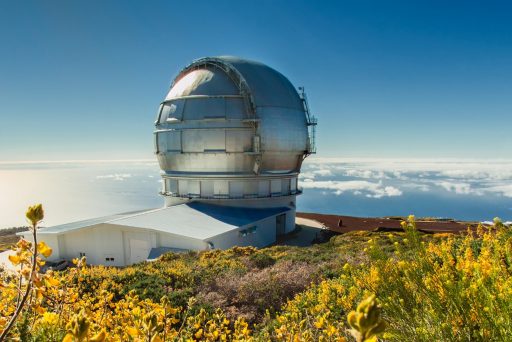An Alberta physicist is able is search for high-energy neutrinos in the waters off the coast of Vancouver Island, from his desk in Edmonton, thanks to Canada’s National Research and Education Network
Highly networked planetariums are using “domecasting” — live broadcasting a planetarium show to audiences at other planetariums — to share the latest cosmic discoveries.
In the WHOLE SUN project, world leading European solar and stellar physicists join expertise and techniques to create for the first time a global integrated view of our star and extend it to its twins.
Australian scientists on the hunt for gravitational waves rely on AARNet for transferring data from LIGO detectors in the USA to OzGrav nodes in Australia for analysis.
SONG, the Stellar Observations Network Group is creating a network of small, interconnected, robotic telescopes scattered across the globe, to be able to focus on one specific point in the sky for days, weeks and months on end.
To ensure seamless and secure global research collaborations the MWA telescope has connected to eduGAIN.
Data transmission between the astronomical observatories of the Canary Islands and the world increased tenfold since improving its connection to RedIRIS in 2012
In a breakthrough discovery hailed as the most significant find in astronomy since gravitational waves, astronomers in the United States have used an Australian radio telescope to detect signal from the universe’s first stars.
The LAGO (Latin American Giant Observatory) project traverses the skies of Latin America to set its sights on uncovering the mysteries of faraway galaxies.


